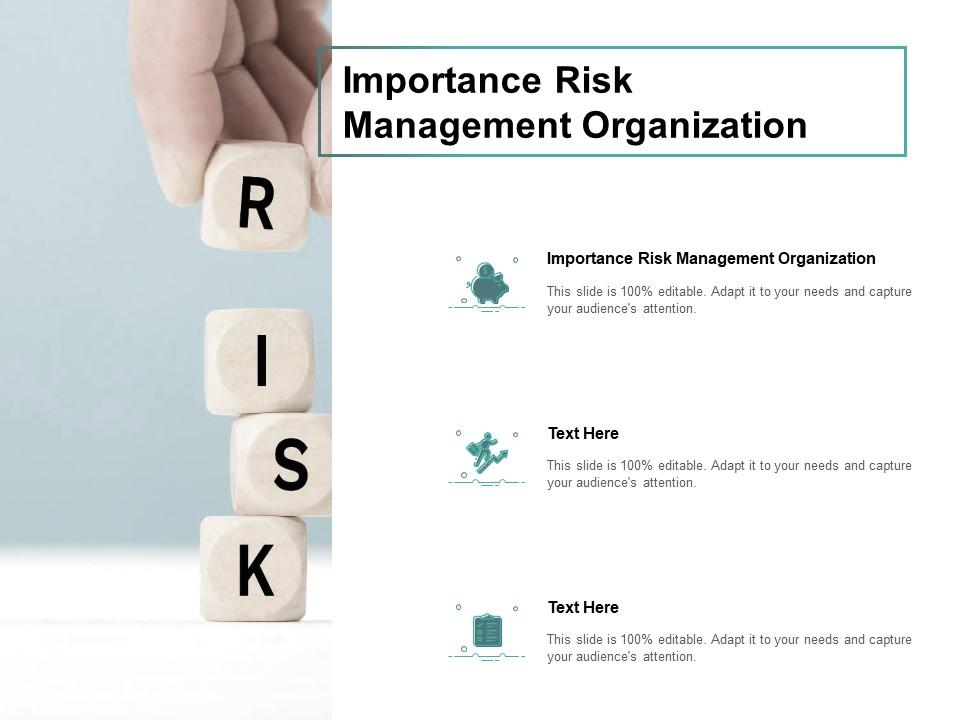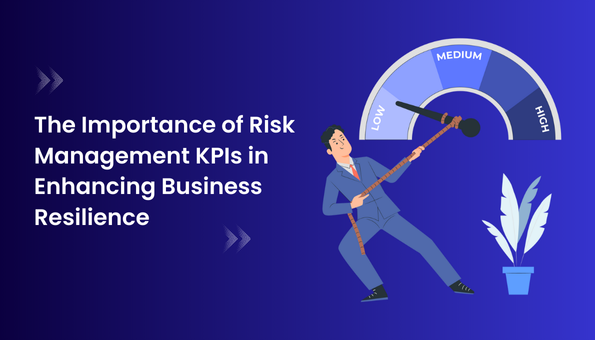The Vital Importance of Risk Management in Protecting Company Assets
The Vital Importance of Risk Management in Protecting Company Assets
Blog Article
The Crucial Value of Risk Management in Achieving Business Goals
This is where Risk Management steps in, supplying an organized approach to identifying, analyzing, and mitigating prospective roadblocks to progress. As we explore the important role of Risk Management in accomplishing business objectives, one can not question but help: just how does this equate into real-world success?
Recognizing the Idea of Risk Management in Service

The Indispensable Function of Risk Management in Strategic Planning
Incorporating Risk Management into tactical preparation serves as a secure for organizations, securing their long-term strategies with a solid structure of preparedness and strength. It runs as the company's radar, spotting prospective dangers and susceptabilities that might interfere with the course towards attaining their specified objectives. Risk Management provides a structure for preparing for unpredictabilities and devising ideal responses, making certain the organization's survival and prosperity even in the face of adversity. By incorporating Risk Management right into tactical preparation, companies can transform these unpredictabilities right into possibilities for growth and technology. This tactical interweaving of Risk Management fosters versatility, making companies extra robust and allowing them to navigate the ever-changing service landscape confidently. Risk Management becomes a vital tool in tactical preparation, critical in safeguarding lasting success.

Methods for Identifying, Assessing, and Focusing On Threats
Browsing the complicated landscape of dangers calls for the application of details methods for their prioritization, analysis, and identification. The process starts with Risk recognition, using tools such as SWOT evaluation, which aids in pinpointing possible risks and chances. Next, Risk assessment is carried out to establish the prospective impact and chance of each Risk. Devices such as Risk matrices and impact-probability charts are made use of for this. Ultimately, threats are focused on based on their possible influence and likelihood, enabling organizations to focus their resources on high-priority dangers. This organized technique ensures a detailed understanding of the Risk landscape, allowing companies to make informed decisions and properly handle risks to accomplish their goals - importance of risk management.
Protecting Organizational Workflow Via Efficient Risk Management
In the service landscape filled with unpredictabilities, published here effective Risk Management plays an essential function in securing organizational procedures. By identifying and examining potential hazards, Risk Management enables organizations to establish durable contingency plans. Companies click to find out more must invest in extensive Risk Management approaches to secure their procedures.

Transforming Prospective Hazards to Opportunities: The Power of Risk Management
While potential hazards might initially show up as obstructions to organizational success, efficient Risk Management can transform them right into chances. A proactive strategy to take the chance of Management entails determining, assessing, and prioritizing risks to design approaches that transform them right into prospective advantages. This procedure requires the development of a risk-aware society within the organization, motivating individuals to watch threats as potential catalysts for change and development, instead of mere hazards. importance of risk management. With this lens, possible hazards become opportunities to innovate, boost processes, and strengthen resilience. Hence, by leveraging the power of Risk Management, organizations can not just guard their operations but likewise spur growth and accomplish their goals in an unpredictable business setting.
Situation Studies: Success Stories of Risk Management Driving Business Objectives
Successful implementation of Risk Management approaches has generated excellent cause various organizations, highlighting the benefits of this technique. Multinational business like Microsoft and Google, the original source for example, have actually leveraged Risk Management to minimize hazards and make use of opportunities, driving their organization goals ahead. Microsoft's positive Risk Management approach assisted it pivot promptly during the 2020 pandemic, transitioning to remote work smoothly, thus maintaining productivity. Google, by analyzing and mitigating prospective risks in its cloud-based solutions, has guaranteed continuous solution, thereby enhancing customer depend on. These instances illustrate just how successful Risk Management can not only steer businesses clear of potential risks yet also guide them towards their tactical purposes. Thus, Risk Management is indispensable to the search of business objectives.
Conclusion
To conclude, Risk Management is basically essential in attaining organizational objectives. It provides a systematic technique to identifying, examining, and dealing with potential threats and possibilities. Greater than simply mitigating dangers, it additionally fosters development, durability, and sustainable growth. By incorporating Risk Management into strategic planning, organizations can much better navigate uncertainties, protect procedures, and capitalise on opportunities, consequently straightening with long-term objectives.
At its core, Risk Management is the process of recognizing, evaluating, and addressing possible risks that can negatively influence a company's purposes or operations. Next, Risk analysis is performed to establish the prospective effect and chance of each Risk. Dangers are prioritized based on their possible influence and likelihood, enabling organizations to concentrate their resources on high-priority risks. By recognizing and evaluating prospective hazards, Risk Management allows organizations to develop durable backup plans. A positive method to take the chance of Management involves recognizing, examining, and focusing on risks to design techniques that transform them right into possible benefits.
Report this page